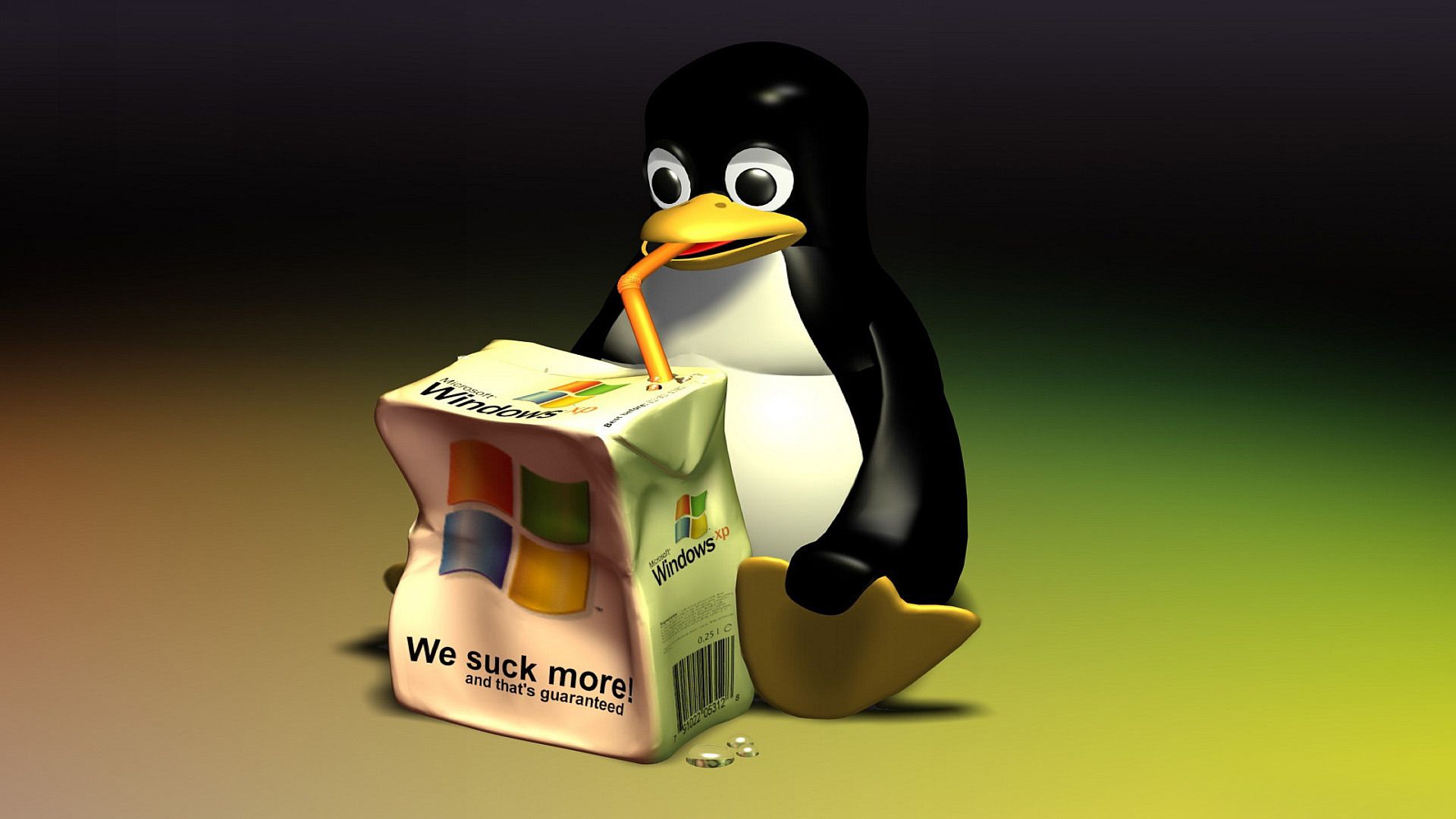Everyone can agree on VLC being the best video player, right? Game developers can agree on it too, since it is a great utility for playing multimedia in games, and/or have a video player included. However, disaster struck; Unity has now banned VLC from the Unity Store, seemingly due to it being under the LGPL license which is a “Violation of section 5.10.4 of the Provider agreement.” This is a contridiction however. According to Martin Finkel in the linked article, “Unity itself, both the Editor and the runtime (which means your shipped game) is already using LGPL dependencies! Unity is built on libraries such as Lame, libiconv, libwebsockets and websockify.js (at least).” Unity is swiftly coming to it’s demise.


For anyone wondering:
VideoLabs is made up of many of the same contributors of VideoLAN, including Jean-Baptiste Kempf themself. It is arguable that this is in fact Unity banning VideoLAN’s VLC bridges for media playback in Unity.
I also thought VLC was a bit shaky on their legality as well, but since their HQ was in a Nordic country (iirc) with more lax copyright laws, they got away with it.
So I wouldn’t blame an app store for not wanting to take on legal gray area risk.